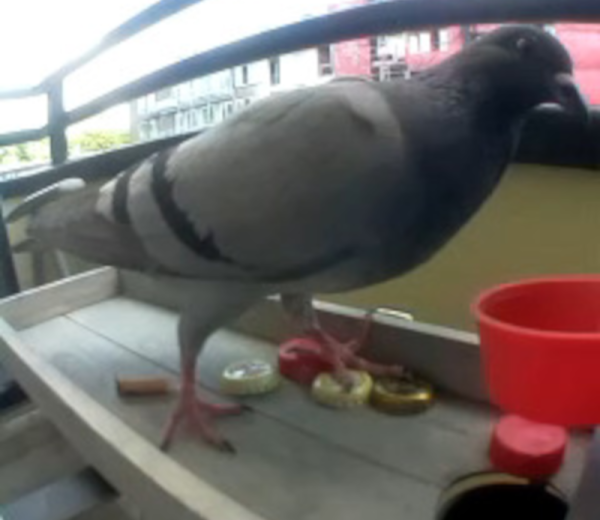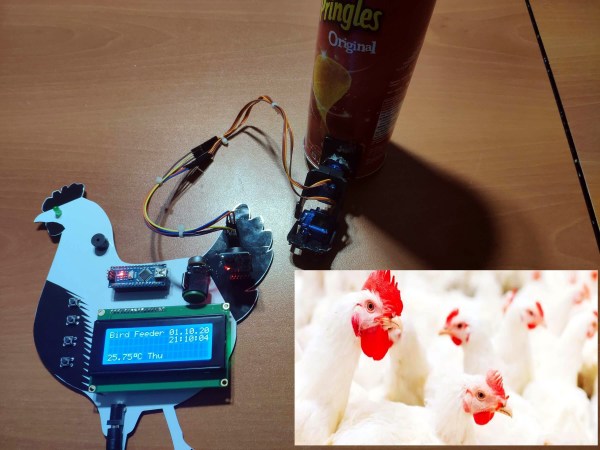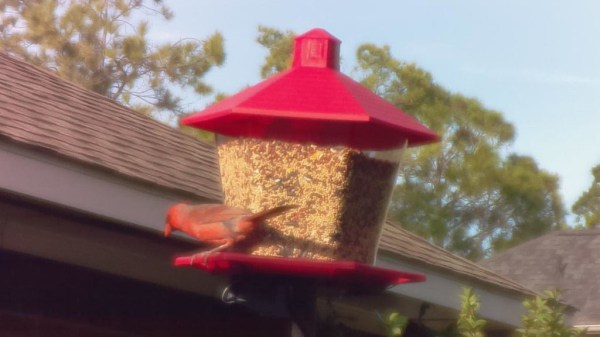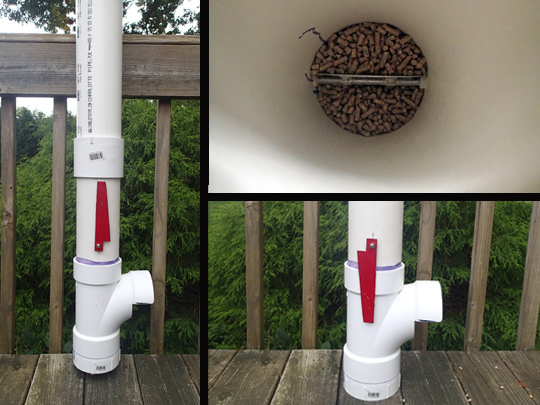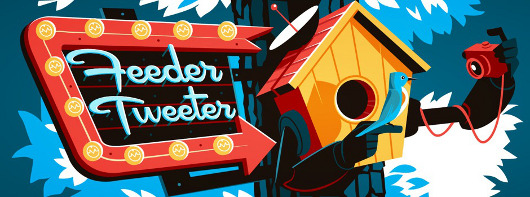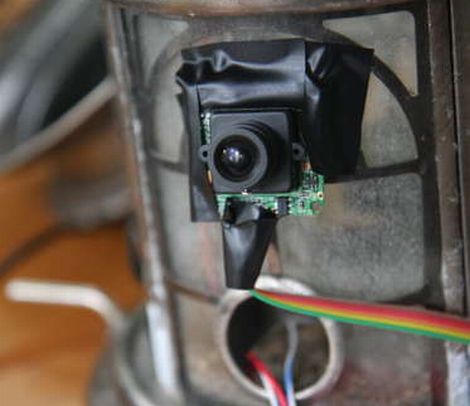The early bird may get the worm, but [Stephen Chasey’s] birds only get to eat if they are smart. He’s created a vending machine for bird feeding. While this is a classic and simple exercise for a microcontroller, [Stephen’s] design is all op amps and 555 timers. The feeder comes on when it detects a warm body and waits for something to drop through a hole. Birds don’t have coins, so the hole will accept anything that will trigger the IR sensor within. In response, it dispenses a few peanuts. Rodents and squirrels won’t figure out the machinery, and so they can’t pilfer the peanuts meant for the pigeons — or other birds, even if they don’t start with the letter P.
A PIR sensor detects a warm body. A 555 keeps the system going for about 24 seconds after the last PIR event. Pairs of IR LEDs and phototransistors act as sensors that look through heat shrink tubing, which is, apparently, IR transparent. When a virtual coin drops through the hole, one of the sensors picks it up and starts another 555, which turns on a vibration motor. Another sensor watches for a nut to drop, which stops the motor. It also will time out after 11 seconds.

